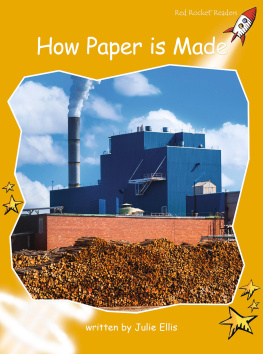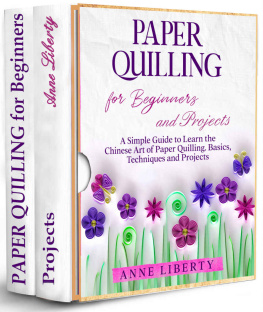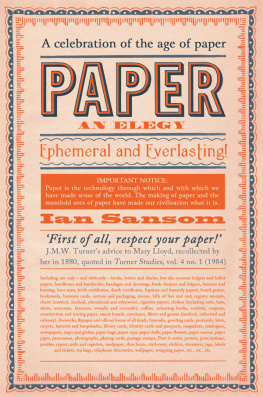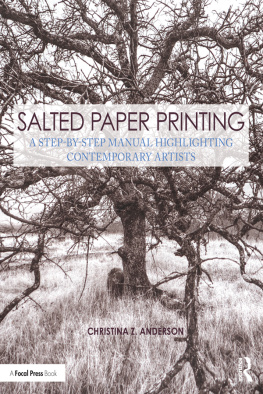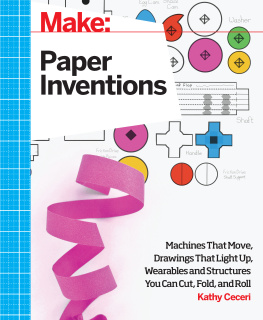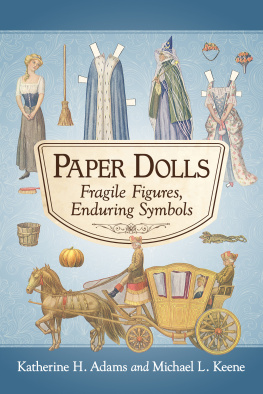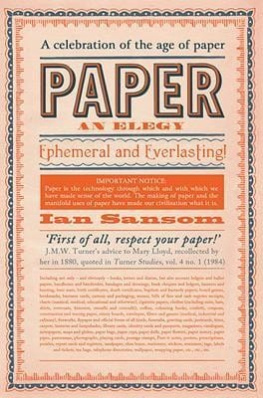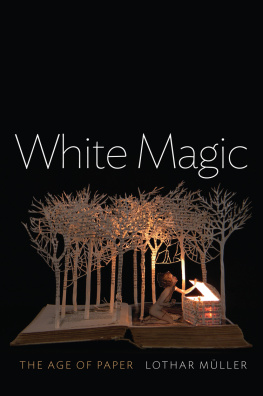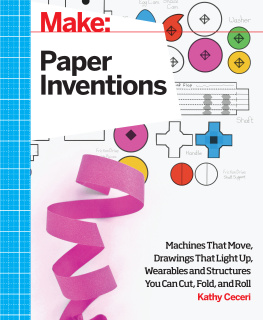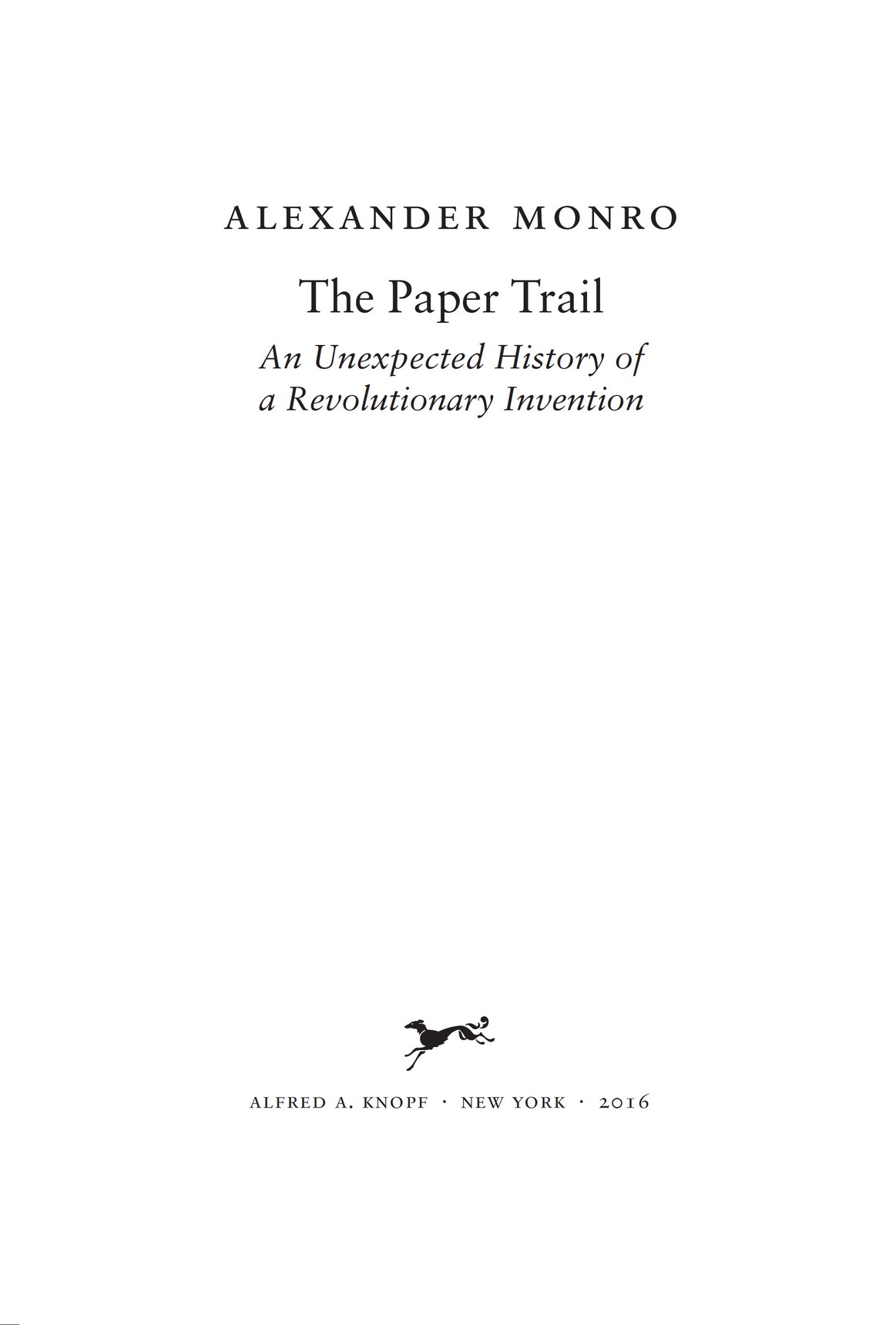Contents
Edited by Alexander Monro
China: City and Exile
Desert Air (with Barnaby Rogerson)
THIS IS A BORZOI BOOK
PUBLISHED BY ALFRED A. KNOPF
Copyright 2014 by Alexander Monro
All rights reserved. Published in the United States by Alfred A. Knopf, a division of Penguin Random House LLC, New York, and distributed in Canada by Random House of Canada, a division of Penguin Random House Ltd., Toronto. Originally published in hardcover in Great Britain by Allen Lane, a division of Penguin Random House Ltd., London, in 2014
www.aaknopf.com
Knopf, Borzoi Books, and the colophon are registered trademarks of Penguin Random House LLC.
Library of Congress Cataloging-in-Publication Data
Monro, Alexander, author.
The paper trail : an unexpected history of a revolutionary invention / Alexander Monro. First American Edition.
pages cm
Includes bibliographical references and index.
ISBN 978-0-307-27166-2 (hardcover) 978-0-307-96230-0 (eBook)
1. PapermakingHistory. 2. PaperHistory. I. Title.
TS 1090 .M 65 2016
676dc23 2015036988
eBook ISBN9780307962300
Cover image: (paper background) SJ Travel Photo / Shutterstock
v4.1
a
To Hannah, with love
Contents
List of Illustrations
Yang Xins calligraphy for Spring
Cuneiform drawing
Map of Zhou dynasty China
Photo of Youguan Temple, China
The blind Fu Sheng dictating the Book of Documents
Yang Xins calligraphy for Happiness
Papermaking, photograph by Leone Nani
Map of Chinese Turkestan and its environs, showing Aurel Steins route
Photograph of Paul Pelliot in the cave at Dunhuang, 1908
Northern Qi scholars collating texts
Red seal of a wooden stamp, taken from Yang Xins calligraphy
Map of Central Asia
The Friday Mosque, Herat
Map of the Middle East, seventh century AD 186
Image from an early Koran, Metropolitan Museum, New York
Libert de la Presse
Paper being pressed in China, photograph by Leone Nani
Acknowledgements
I am deeply grateful to Penguin Books for taking this project on and seeing it through, in particular to Laura Stickney, Stuart Proffitt, Richard Duguid and Shan Vahidy. Thanks also very much indeed to Patrick Walsh, my enthusiastic agent, and to all at Conville & Walsh.
A particular debt of gratitude is owed to the Royal Society of Literature and the Jerwood Foundation, whose generous award so transformative for a first book of this kind funded research into the history of the Koran and the life of Martin Luther. Thanks also to award judges Robert Macfarlane, Claire Armistead and Tristram Hunt for choosing The Paper Trail.
A few formative influences must be mentioned, for both their own magnetic enthusiasms and their generosity: Pamela Clayton, Tom Sutherland and, especially, Barnaby Rogerson. Thanks also to Leyla Moghadam for her crucial help when the idea for the book first took shape. I am indebted to a number of China gurus from over the years, among them Rob Gifford, Yang Xin, David Bray and the encyclopaedic Jonathan Fenby.
My parents have been remarkably supportive and giving throughout the project.
A number of academics, librarians and independent scholars have ben exceptionally generous with their time and wisdom: Desmond Durkin-Meisterernst of the Free University in Berlin on Manichaeism, Michael Marx and the scholars of Corpus Coranicum on the Koran, Graham Hutt of the British Library on China, David Morgan on the Mongols, Gary Williams and Kirsten Birkett on the Reformation, Elizabeth Eisenstein on printing, Robin Cormack on Byzantine history, Lilla Russell-Smith of the Staatlicher Museum, Berlin, on Manichaeism, the Museum of Fine Arts in Boston, and the remarkable Tsuen Hsuin-Tsien on the history of writing and texts in China. I should also mention a few authors on whose works I have been especially reliant: Tsuen Hsuin-Tsien, Michael Suarez and Henry Woodhuysen (for their excellent Companion), T. H. Barrett, Jonathan Bloom, Mark Edwards and Robert Darnton. And thanks to Jeff Edwards for his care over producing such apt maps.
I am very grateful indeed for the three highly accomplished academics who agreed to proofread sections of the text: Edward Shaughnessy, Emran el-Badawi and Andrew Pettegree their careful and expert comments have made a great difference. There are many friends to thank also, some of them for proofreading: Julien Barnes-Dacey, Nick Watson, Barry Cole and Barnaby Rogerson. Others have been generous with beds at various key junctures Greg and Audrey Tugendhat, Jamie and Susie Child, Rob and Nancy Gifford, George and Fiona Greenwood, Ali Kille and Rebecca Pasquali, Jes Nielsen and Alex McKinnon. Long-suffering fellow travellers have also been excellent (and patient) company as I researched Chris Perceval, Julien Barnes-Dacey, Phil Kay and Max Harmel.
As the above shows, I have needed plenty of help, but the most committed, frank, and self-sacrificial support has come from Hannah, my wonderful wife. Thank you so very much. SDG.
1
Tracing Paper
The city of Cambaluc has such a multitude of houses, and such a vast population inside the walls and outside, that it seems quite past all possibility.
Marco Polo, The Travels (trans. Sir Henry Yule)
In 1275 Marco Polo arrived at the capital city of the most expansive and unlikely empire the world had yet seen. In the stories he dictated on his homecoming, Marco called it Khanbaliq (or Cambaluc, as in the translation above), the city of the khans, but sixty years earlier it had been a Chinese city with a Chinese name, before the Mongols besieged the city and razed it to the ground. When the Mongols rebuilt it as Khanbaliq, it was just one city among several in the expanding kingdom of Greater Mongolia. But by the time the Polos arrived it had become the capital of an empire that spanned much of Eurasia, from Korea to Eastern Europe. Today it is called Beijing.
For several pages, Marcos travelogue professes his amazement at the scale and splendour of Khanbaliq. He wrote that the four innermost walls of the palace complex were each a mile long, and the four outer walls each ran to eight miles. Eight palaces placed around the inner walls served as arsenals, while a further eight sat between the inner and middle walls. Among them was the khans own palace, fenced in by a marble wall. The rooms of the palace were covered with gold and silver, and decorated with gilt images of dragons and birds. Six thousand men could sit for dinner in its main hall.
Marco, as a merchant and a Venetian, was well acquainted with desirable objects, and yet even he was astonished by the luxury and grandeur of Khanbaliq. Numbers pepper his description of the Mongol capital, from the twenty-four-mile circumference of the city wall to its sixteen palaces and twelve gates, each gate manned by a thousand guards. Khanbaliq, he recorded, buzzed with commerce and was laid out in squares like a chessboard with such masterful precision that words cannot do it justice. Marco wrote that the city had 20,000 prostitutes and that more than 1,000 cartloads of silk entered it each day. On New Years Day, the khan received gifts of more than 100,000 white horses and held a procession of 5,000 elephants. Polos numbers are the stuff of travellers tales, but the mark Khanbaliq made on him is unmistakable.



